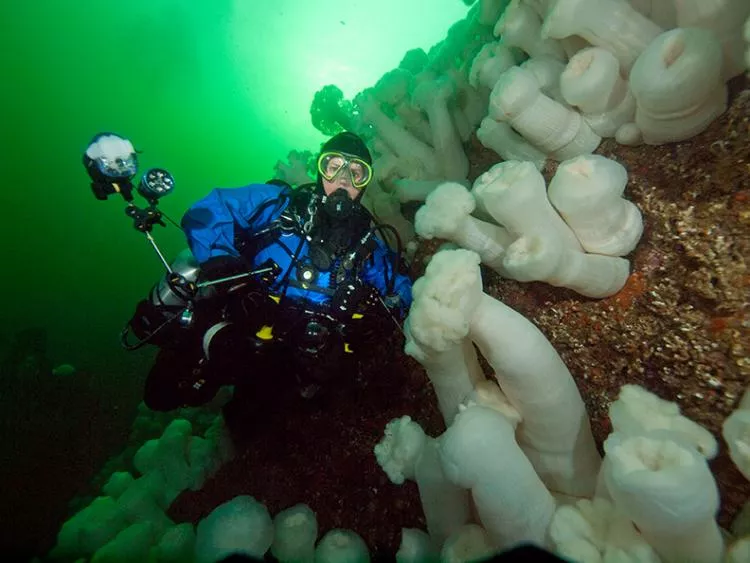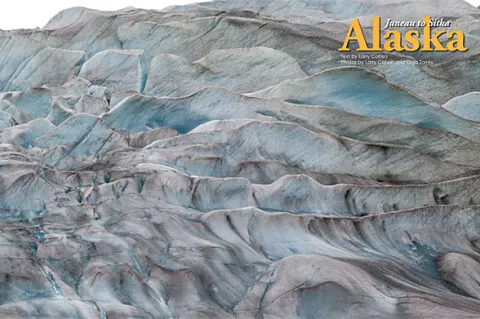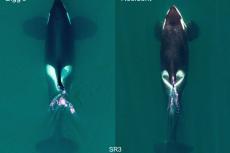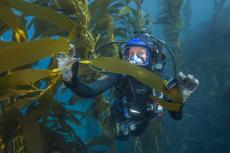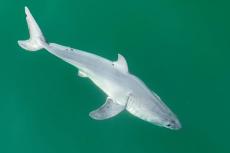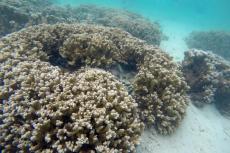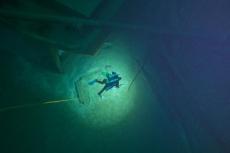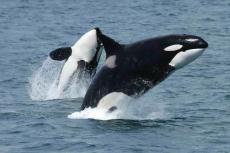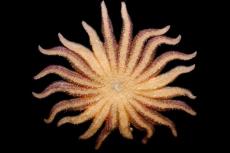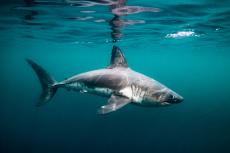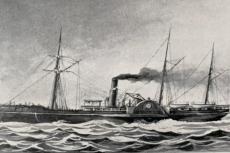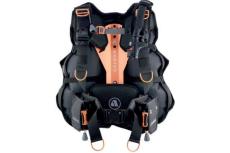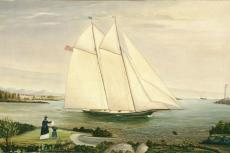A dive trip to the U.S. State of Alaska is a true adventure, both above and below the surface. The rich green waters of the Pacific Northwest are full of life and photographic opportunities. The liveaboard dive boat, Nautilus Swell, is a great way to experience Southeast Alaska.
Contributed by
Before embarking on the Nautilus Swell, there was a chance to spend a few days in Juneau. This town started as a gold-mining camp in 1880. When Alaska became the 49th state of the United States in 1959, Juneau became the capital.
One of the not-to-be missed experiences right in downtown Juneau was the Tramway up Mount Roberts. The Mount Roberts Tramway was about 3,087-feet long and rose to around 1,745 feet in elevation. On the way up, one got a view of the upper inside passage, where many cruise ships were docked. Upon reaching the top of Mount Roberts, the Timberline Bar & Grill was a nice place for dinner, before exploring some of the well-marked hiking trails.
There were interpretive signs describing many of the flowers, plants, trees, birds and animals, that one might see en route. Trails started in a sub-alpine ecosystem. Within another 300 feet, there was a true alpine environment.
Some of the wildlife encountered included eagles, ravens, ptarmigan, grouse, marmots, Sitka black tail deer, red squirrels, mountain goats, black bears and porcupines. Along the trails were trees with totemic carvings depicting native legends.
Mendenhall Glacier was also an amazing place to explore in Juneau. Mendenhall was formed during the Little Ice Age, which began about 3,000 years ago. The climate and geography of this area allowed the glacier to survive, while others in North America have already disappeared. Mendenhall Glacier continues to provide researchers with new insights into past, present and future climatic conditions.
The Mendenhall Glacier flows for 12 miles down the Mendenhall Valley and terminates near the visitor center. The ice flows at an average rate of two feet per day, but at the same time, it is melting at a slightly faster rate. When the ice melts, large pieces of ice break off the face of the glacier. This is known as calving and creates the icebergs floating in Mendenhall Lake. When the rate of melting is higher then the rate of flow, a glacier recedes. The Mendenhall Glacier has been receding since the late 1700s and currently retreats at a rate of 25-30 feet per year.
There are many hiking trails around the visitor center. Some of these short tails have viewing platforms to see salmon and bears. Eagles are frequently seen in the area. Small mammals such as fox, coyote, porcupine, squirrel and snowshoe hare inhabit the valley floor. Several small herds of mountain goat can sometimes be seen on the mountain peaks. The Trail of Time is an extremely pretty trail that is well worth visiting. Bears catching salmon in the stream can sometimes be observed. (...)



